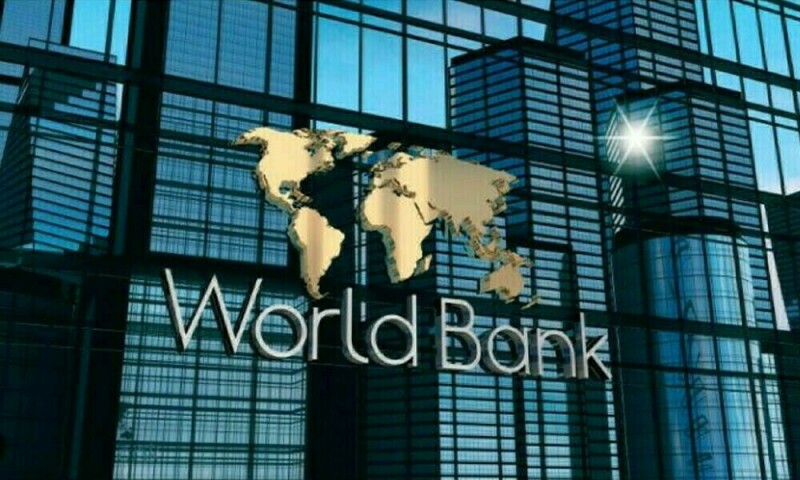
World Bank. Photo | Courtessy.
The World Bank has raised alarms over Kenya’s escalating debt levels, classifying the nation as being at a high risk of default.
In its latest Kenya Economic Update, the Bank cautions that current austerity measures may not suffice to avert a fiscal crisis, urging the government to implement structural and governance reforms to stabilize the economy.
“Default will not be an easy solution for Kenya. In fact, we have seen that default is not an effective solution for anyone,” said Qimiao Fan, the World Bank Division Director for Kenya.
“A recent paper presenting evidence of some 221 default episodes shows that sovereign defaults, on average, reduce GDP per capita by some 8.5 percent, raise poverty by 6 percent within five years, and worsen other outcomes,” he added.
Government’s austerity measures
Treasury Cabinet Secretary John Mbadi said the government is implementing aggressive fiscal consolidation measures to cushion the country from defaulting, including Sh120 billion expenditure cut in the 2025/26 financial year.
READ: World Bank Urges the Taxman to Squeeze More From the Rich
The Treasury projects Sh559 billion in non-tax revenue, with a total deficit expected to reach Sh877 billion, to be financed through Sh284 billion in external borrowing and Sh592 billion domestically.
“We took the decision to be radical in terms of projecting our fiscal deficit and revenues,” Mbadi said. “We reduced our projected expenditure to below what was in the budget policy.”
However, World Bank economist Jorge Tudela Pye said that austerity alone may not be sufficient.
“Austerity measures alone might not be enough to get Kenya out of its fiscal hurdles. Structural and governance reforms are also needed,” Tudela noted.
The World Bank also revised Kenya’s 2025 economic growth forecast downward to 4.5 percent, citing high public debt, elevated lending rates, and a contraction in private sector credit. Private sector credit growth plunged to -1.4 percent in December 2024, compared to 13.9 percent a year prior, affecting key sectors like manufacturing, finance, and mining.





